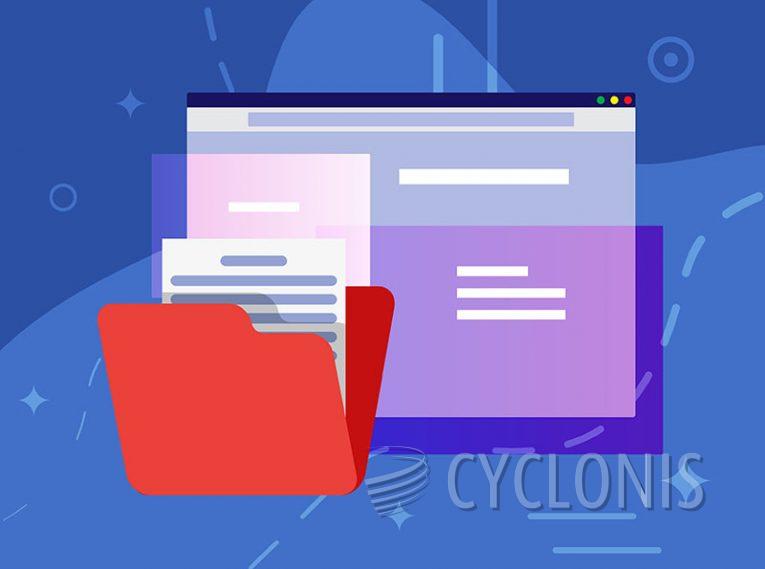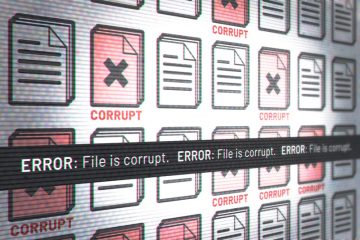PoSetup.exe - What Is It?

PoSetup.exe is a file and process that has caused some concern for some users who were not sure what it is. In most situations, PoSetup.exe will be a legitimate file and process, but there are fringe cases where it could be malicious.
In the most common occurrence of the file, it is a component of the Corel WordPerfect text processing software suite. If the file is indeed the legitimate component of Corel WordPerfect, it should be located inside the directory Corel Corporation\Corel WordPerfect Suite\posetup.exe.
In case you find PoSetup.exe in a different location, it is possible that a malicious file is trying to impersonate the real process and file.
Why Does Malware Sometimes Use Legitimate Process Names?
Malware authors often employ various techniques to evade detection and make it more difficult for security systems to identify and remove their malicious software. One such technique is to use legitimate process names for their malware. There are a few reasons why malware might adopt this approach:
- Masking Suspicious Activity: By using legitimate process names, malware can blend in with the normal operations of a system and avoid arousing suspicion. Security software and users may be less likely to identify or flag the malware as malicious since it appears to be a legitimate process. This allows the malware to operate undetected for longer periods, giving it more time to carry out its intended actions.
- Evading Detection by Security Software: Antivirus and security software often employ detection mechanisms that rely on known malicious process names or behaviors. By mimicking legitimate processes, malware can evade detection by these security tools. If the process name matches that of a commonly trusted application, the malware may go unnoticed or be classified as a false positive by the security software.
- Hindering Manual Detection: For users who rely on manual investigation or monitoring of system processes, malware using legitimate process names can make it harder to identify the malicious activity. It can be challenging to distinguish between genuine processes and malware, especially if the malware is designed to run stealthily or camouflage its behavior.
- Impersonating Trusted Applications: Some malware specifically targets well-known and trusted applications, using their process names to deceive users. This tactic aims to exploit the trust users have in familiar software, making them less likely to suspect any malicious activity. By impersonating legitimate processes, the malware increases the chances of users interacting with it or granting it elevated privileges.
It's important to note that using legitimate process names is just one of the many techniques employed by malware authors. Security software developers continuously update their detection methods to combat these evasion tactics, but it's a constant cat-and-mouse game between malware creators and security experts. Regularly updating and running reputable antivirus and anti-malware software, practicing safe browsing habits, and staying informed about the latest security threats can help mitigate the risks associated with such techniques.









